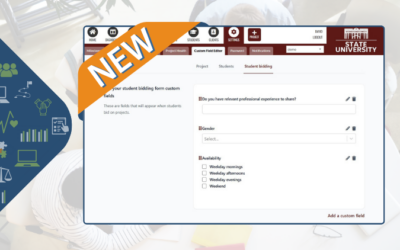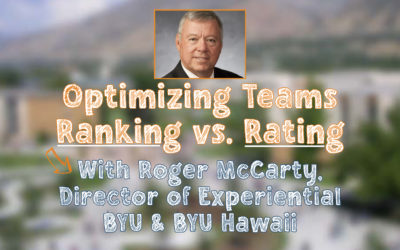
2,438: is the number of real-world client based projects completed in EduSourced in the past 2 and a half years. We see all kinds: capstone courses required for every MBA student to complete, undergrad capstones that are the first time a student delivers a project for a real company, mechanical engineering seniors who are synthesizing four years of lessons to create something a local nonprofit will actually use. Everyone strives for successful project outcomes but the beauty of experiential learning is that even experiential project failure can be a rich learning experience. That said, here are the three key causes that we see for projects coming up short.
The three most common reasons we see projects fail:
- Poor team dynamics
Team dynamics are often monitored with in-person team and faculty meetings supplemented with a peer evaluation that often occurs toward the end of a project.
The challenge with this approach is twofold: in-person meetings do not scale so if you are doing more projects year over year it naturally becomes harder to keep tabs on the teams and students are not always comfortable sharing the team’s dirty laundry in front of their peers.
We have seen success with supplementing the in-person meetings with a systematic approach to surveying students throughout the project rather than once toward the end. We designed EduSourced to take the project surveys that are often used for grading a project in hindsight and turn them into a tool for assessing project success throughout the project, in real-time. A team peer evaluation, issued consistently until the project ends, provides directional insight into how well teams are working together.
Of course, some teams will try to game the system by giving each other artificially high scores, and indeed peer evaluations are the highest scored survey type in our feedback loop with an average of 9.35/10, but we find that over time, students do reveal information about team dynamics and problem points with the peer evaluation. On the whole, we believe these peer scores are largely representative of individual student performance.
- Disengaged client
Educators are generally sensitive to burdening their project clients. Of course, this is understandable when these project clients provide the basis for course and are relied on year after year to provide enough projects to meet student capacity. Many of these projects are being paid for by project clients, further raising the stakes. In a survey conducted of 79 business schools by E2, a community of client-based experiential business schools (now known as LEPE), found that 52% of projects are paid for by the project clients.
The reflex we see among educators (and students for that matter) is to hold everything close to the vest: keeping communications with the client intentionally limited to avoid burdening them while ensuring the students only put a professional foot forward and don’t look bad asking a silly question.
But aren’t real-world interactions the core of this learning experience? Students may not always be versed in professional interactions but they have to start somewhere. At the same time, the clients themselves often report to us that they feel “out of the loop” on the project. Too often, project clients make a proposal, meet with the students once or twice, and then receive a completed project with minimal student interaction.
Rather than viewing it as a burden on the project client, we suggest making deep client interaction available to those who are looking for that kind of connection and establish upfront the minimum engagement requirements (e.g. in person meeting every two weeks, etc.). While there will always be those clients who begrudgingly adhere to the minimum standards, we hear from clients o noccasion who would have liked to be more involved with the student team. To keep these highly-engaged clients from falling through the cracks, I suggest a client check-in survey half way through the project. Keeping tabs on clients is nearly as important as keeping tabs on student teams to avoid experiential project failure.
- Misaligned client expectations
Employers generally have no idea what an experiential project is let alone what it means to be a project client. They’re familiar with internships and even coops but, unless they are a repeat client or themselves participated in a project as a student, have no clue about these projects.
We recommend having a few project case studies that overview successful past projects to help the client understand what constitutes a successful project and so they understand their role in success. How do they work with a team of students that are not their employees?
If you have done these projects before you likely know what the markers of a successful client are. Establish those expectations up front. Consider charging the client a nominal fee. Nothing like skin in the game for aligning priorities.
To learn more about managing client-based experiential learning and avoiding experiential project failure, check out last year’s webinar with MBA Roundtable here.



